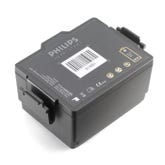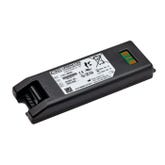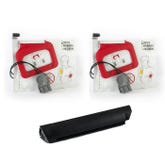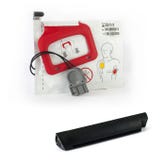The Shocking Truth about AED Battery Failure and Need for Conscientious AED Managers
- Sep 2, 2019

Battery problems are one of the leading causes of potentially deadly AED failures.
At the age of 55, Ralph Polanec, was taken from this world when he suffered from sudden cardiac arrest. As Ralph laid helplessly on the gym floor in Washington, D.C., fellow gym members came to his rescue (so they thought), only to realize that the automated external defibrillator (AED) would not turn on. The staff of the gym soon recognized that the AED’s batteries were removed when they lost their charge and were never replaced. Polanec lost his life too soon and it could have easily been avoided.
Battery problems are one of the leading causes of potentially deadly AED failures. More than 1,000 cardiac arrest deaths over 15 years have been directly connected to the failure of automated external defibrillator units (AEDs); battery failure accounted for 25% of the failures, according to a study published in the Annals of Emergency Medicine. If an AED Program Manager took into consideration the duties they need to attain, and make them a priority, less lives would be at stake.
A good AED program requires a conscientious manager with a long-term plan. Eventually, rescuing a collapsed victim will have to be accomplished in just a few minutes. Those few minutes require long-term preparation and readiness. Plan to train your rescuers regardless of how easy you think your AED is to use so that all potential rescuers are confident when an emergency occurs.
If no shock is advised as a result of the first heart analysis by the AED, then CPR is critical. It is the only thing that might save the victim’s life. When training your rescuers, make sure they understand why CPR is required and not just how to perform CPR. It is also very important to track the training for your rescuers. The AED manager should make sure that every person who received training is tracked to maintain current training.
AED accessories must be replaced on a regular basis. Electrode pads usually have a shelf-life of two years and batteries need to be replaced on a regular basis, according to the manufacturer guidelines. Do not treat your AED program as a short-term project—maintenance on AED’s is vital. Battery failure might have been Polanec’s death sentence, so being vigilant with equipment inspections is the best course of action.









 CALL US:
CALL US: